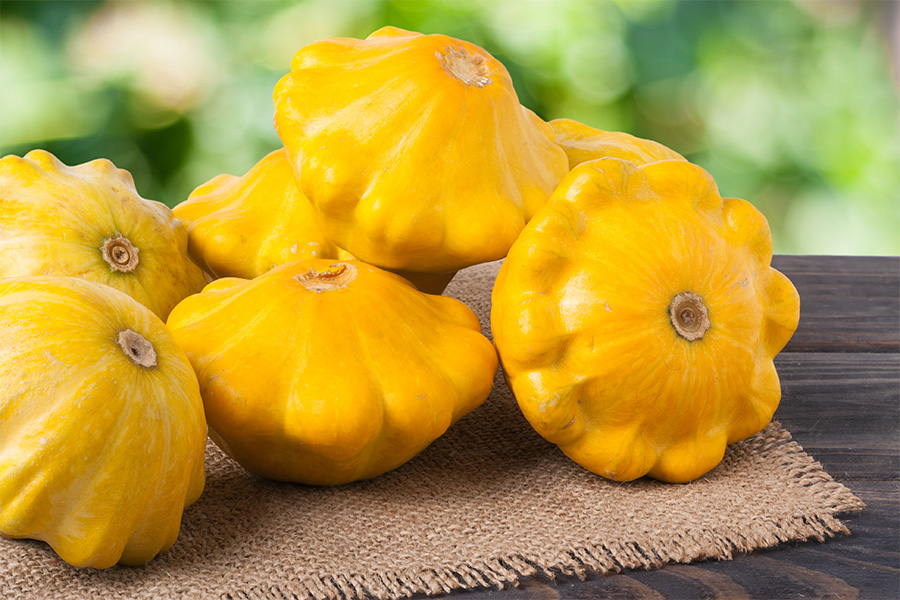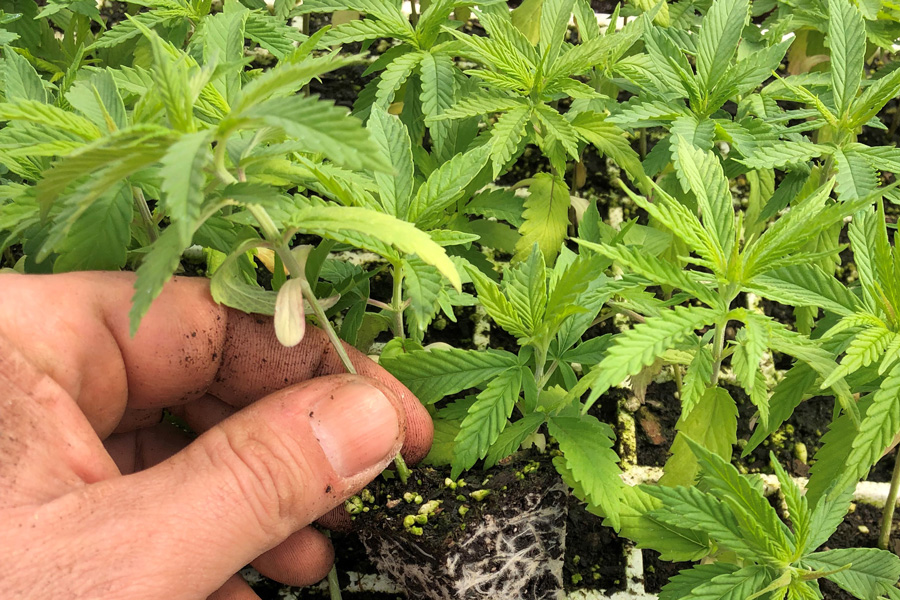-
 Summer squash is one of the most popular warm season vegetables grown in home gardens. Unfortunately, the levels of insect attacks on summer squash have risen dramatically over the last 10 years. Safe and effective controls are needed to help produce this important crop with all of the pressures of…
Summer squash is one of the most popular warm season vegetables grown in home gardens. Unfortunately, the levels of insect attacks on summer squash have risen dramatically over the last 10 years. Safe and effective controls are needed to help produce this important crop with all of the pressures of…|
-

AP 101-10
2018 Georgia Corn Performance Tests
This research report presents the results of the 2018 corn performance trials. Corn performance trials were conducted at six locations throughout Georgia (see map inside back cover) in 2018. Short-season and mid-season hybrids were planted at Tifton, Plains, and Midville in the Coastal Plain region, at Athens in the Piedmont…|
-
 This research report presents the results of the 2019 corn, sorghum and summer annual forage performance trials. Trials were conducted at seven locations throughout Georgia, depending on the crop. These included Tifton, Plains, and Midville in the Coastal Plain region, Athens and Griffin in the Piedmont region, Calhoun in the…
This research report presents the results of the 2019 corn, sorghum and summer annual forage performance trials. Trials were conducted at seven locations throughout Georgia, depending on the crop. These included Tifton, Plains, and Midville in the Coastal Plain region, Athens and Griffin in the Piedmont region, Calhoun in the…|
-
 A farm’s return on investment is directly affected by the way water is applied to its crops. The wrong end-gun settings can result in overwatering or underwatering large portions of field acres. Clogged or partially clogged nozzles lead to obvious water shortages that can be visually observed or measured using…
A farm’s return on investment is directly affected by the way water is applied to its crops. The wrong end-gun settings can result in overwatering or underwatering large portions of field acres. Clogged or partially clogged nozzles lead to obvious water shortages that can be visually observed or measured using…|
-

This publication presents the results of the 2017 statewide performance tests of peanut, cotton, and tobacco. The tests for various evaluations were conducted at several or all of the following locations: Bainbridge, Tifton, Plains and Midville in the Coastal Plain region and Athens in the Piedmont region.
|
-

This publication presents the results of the 2018 statewide performance tests of peanut, cotton, and tobacco. The tests for various evaluations were conducted at several or all of the following locations: Bainbridge, Tifton, Plains and Midville in the Coastal Plain region and Athens in the Piedmont region.
|
-

This publication presents the results of the 2019 statewide performance tests of peanut, cotton, and tobacco. The tests for various evaluations were conducted at several or all of the following locations: Bainbridge, Tifton, Plains and Midville in the Coastal Plain region and Athens in the Piedmont region.
|
-
 With the passage of the 2018 Agriculture Improvement Act (U.S. farm bill), the federal government removed industrial hemp (Cannabis sativa L.) from the list of Schedule I drugs and opened up opportunities for farmers to produce this once widely grown crop. At the time of publication, states are currently operating…
With the passage of the 2018 Agriculture Improvement Act (U.S. farm bill), the federal government removed industrial hemp (Cannabis sativa L.) from the list of Schedule I drugs and opened up opportunities for farmers to produce this once widely grown crop. At the time of publication, states are currently operating…|